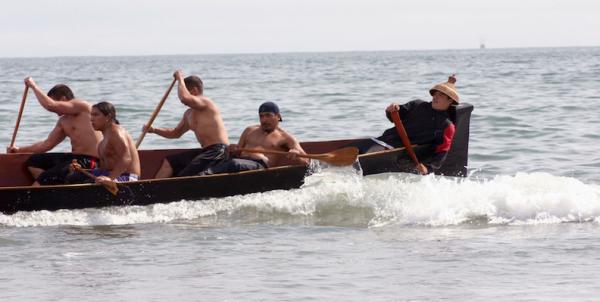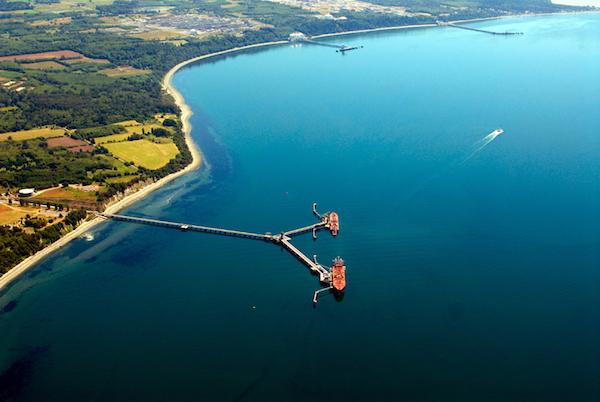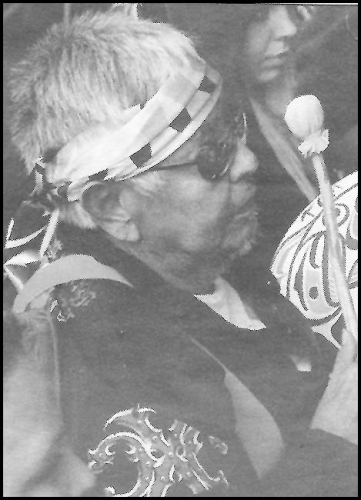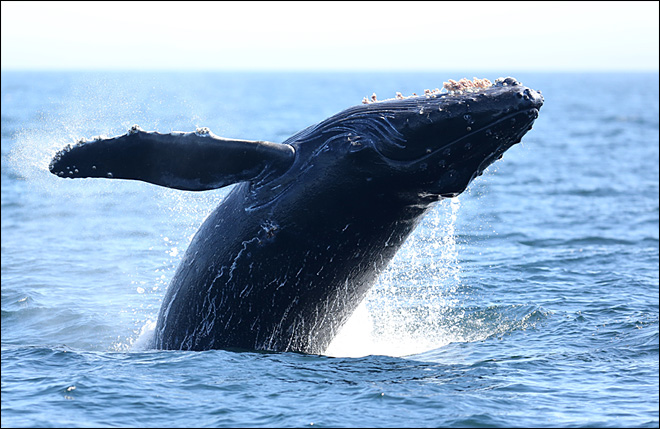When Irene Moses was 13, she fell into a relationship with a 24-year-old man and ran away from her foster home to be with him. At 14, she became pregnant with his child, and that’s when all the abuse began.
“He beat me, threw me down and threatened to kill me,” the Lummi Native recalled the terror. As is typical with many domestic violence victims, Moses stayed with her abuser for another eight years, even marrying him. During that nightmarish time, she said he caused a miscarriage, kidnapped her and their one-week-old daughter (their second child) and beat them both, and tried to sell Moses into sexual slavery.
Irene Moses: “I never lost hope in providing for my children.”
Despite all the violence waged against her and her children, the young mother always returned to her abuser because she had no other place to go. “There weren’t a lot of women’s shelters at the time that would take a teenager with two children,” and she said staying in an abusive home was preferable to being homeless.
As hard as it is to believe, Moses’ story is far from unusual. “We have known for a long time that lack of financial resources and not having a safe place to live was the No. 1 reason why people who are in an abusive relationship and leave have to eventually return,” said Judy Chen, director of strategic initiatives for the Washington State Coalition Against Domestic Violence (WSCADV), a nonprofit network of more than 70 domestic violence programs in Washington that also includes a number of tribal programs.
WSCADV partnered with the Bill & Melinda Gates Foundation on Domestic Violence Housing First (DVHF), a pilot program in Washington that helped 681 domestic violence victims and their children over the last three years—including Moses—find permanent, safe housing to rebuild their lives so that they would never have to live with their abusers again out of desperation.
Three tribes were chosen for the pilot project: the Lummi Nation, the Spokane Tribe of Indians and the Kalispel Tribe of Indians. “We have a great number of tribes in the state and are very aware of domestic violence on reservations,” said Chen, stating that 35 percent of the program participants were Native women. “Finding solutions that are rooted in Native communities is very important to us.”
Chen said the DVHF program was based on a tried-and-true model that has already worked successfully in the low-income housing and homeless field. “The philosophy is that housing is a human right and the problems in people’s lives that may have led to homelessness, such as losing a job or medical issues, are best dealt with when somebody is housed and they don’t have to worry day to day about where they are going to live.”
The four pillars of the program include:
—Temporary financial help with expenses such as rent, rental deposits, utilities and child care;
—locating housing for survivors and advocating for them with landlords;
—survivor-driven solutions to give victims voice and choice on where they want to live;
—establishing partnerships between advocates and community organizations, such as community colleges and car repair shops, to help get victims back on their feet.
WSCADV recently released its findings of a three-year study on the effectiveness of the DVHF project. According to Chen, the program was a huge success and made a big difference in many peoples’ lives.
“After 18 months, 96 percent of survivors were still in their own housing—even those with very low incomes,” said Chen. The study also reports that 84 percent of participants felt safer after participating in the DVHF program. “Some women said, ‘My kids don’t look out the window in fear anymore. Now they just look out the window to be looking.’”
Bear Hughes, a Spokane tribal council member, said that with the $250,000 his tribe received from the program, they were able to help 35 women (mostly Spokane enrolled Natives) get settled into permanent, safe housing over a period of three years. He said the biggest challenge was trying to find housing on the reservation, as many women felt safer surrounded by their families and a familiar Native community.
“We lack housing on the rez for victims. It’s something we are working on as a government. Maybe in about six more months to a year, we will have a domestic violence shelter here,” Hughes said hopefully.
Lummi Victims of Crime (LVOC), the first Native American domestic violence shelter in Washington, also received a generous $250,000 grant from the DVHF program. “Over the past three years, we were able to help 134 women move out of our shelter and transitional housing and into their own homes. Of those, only five have lost their homes. The rest still have them,” said Nikki Finkbonner, an LVOC coordinator. “I wish it was still going on, as there are so many other people we could have helped.”
Returning to Moses … she is one of the LVOC success stories. Now at 32, this woman who was abused for so much of her childhood is a happily married mother of six (two are step-children). She is safe in her own four-bedroom home in Bellingham, Washington, free from the fear of homelessness that had trapped her in an abusive relationship with a man who she now realizes was a sexual predator all along.
“I was turned down many times for housing because landlords thought I was a high risk. But I never lost hope in providing for my children,” said the very resilient Lummi Native. “Through the program, I also got me GED, took parenting classes, my kids went to school every day and I’m working on my degree in marine biology. I couldn’t have done any of this without DVHF.”
Contributing writer Lynn Armitage is an enrolled member of the Oneida Tribes of Indians of Wisconsin.












